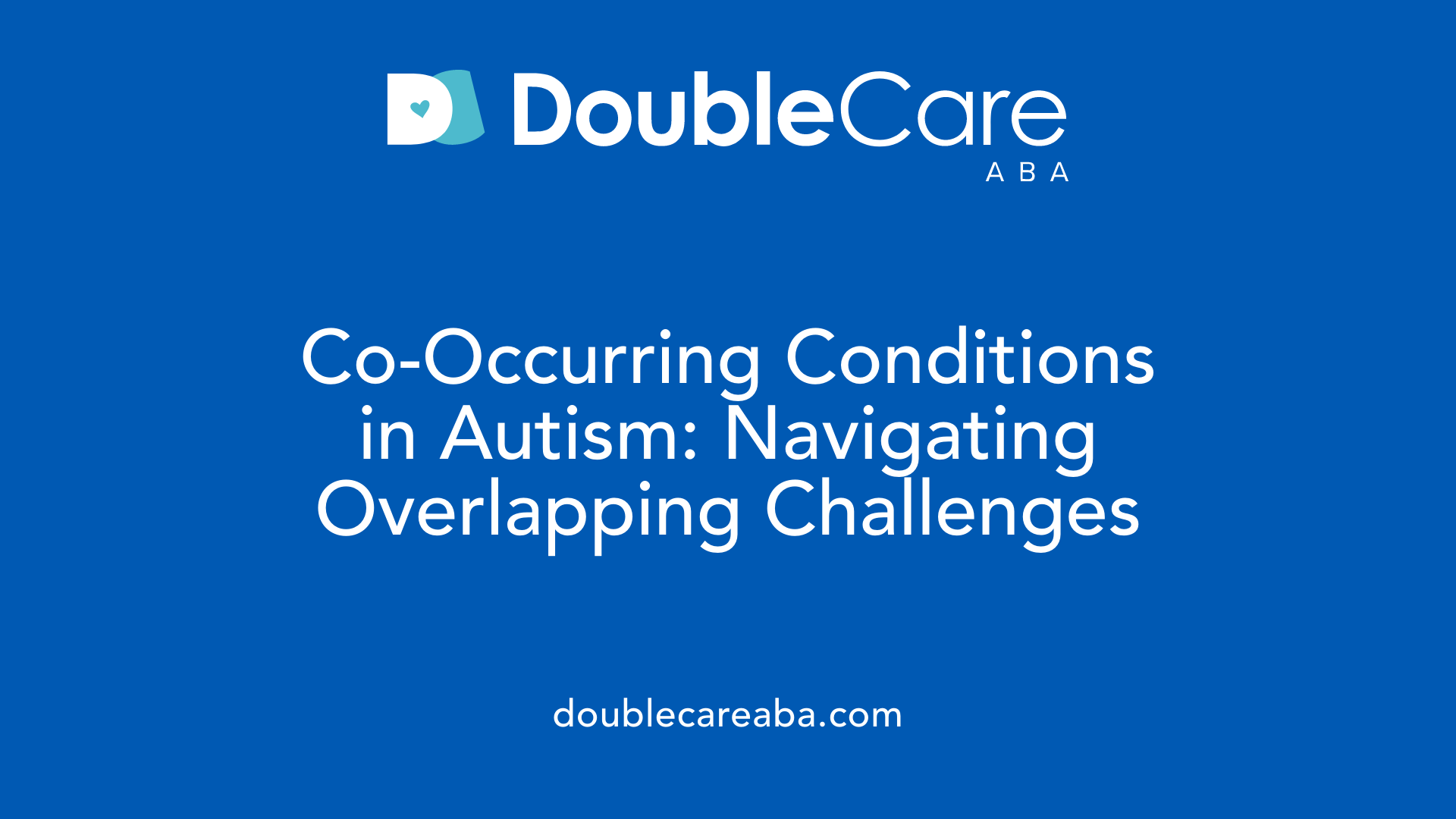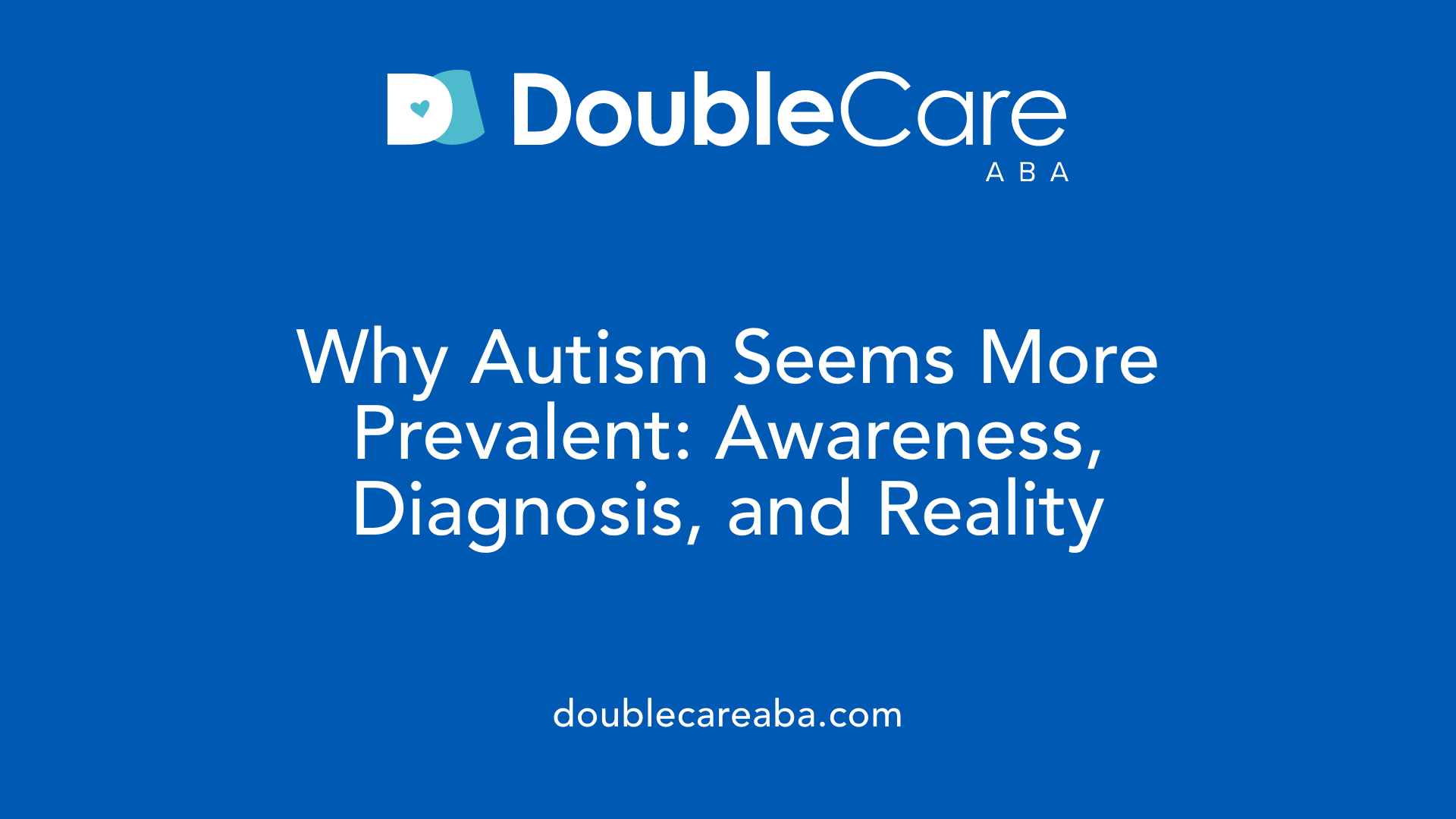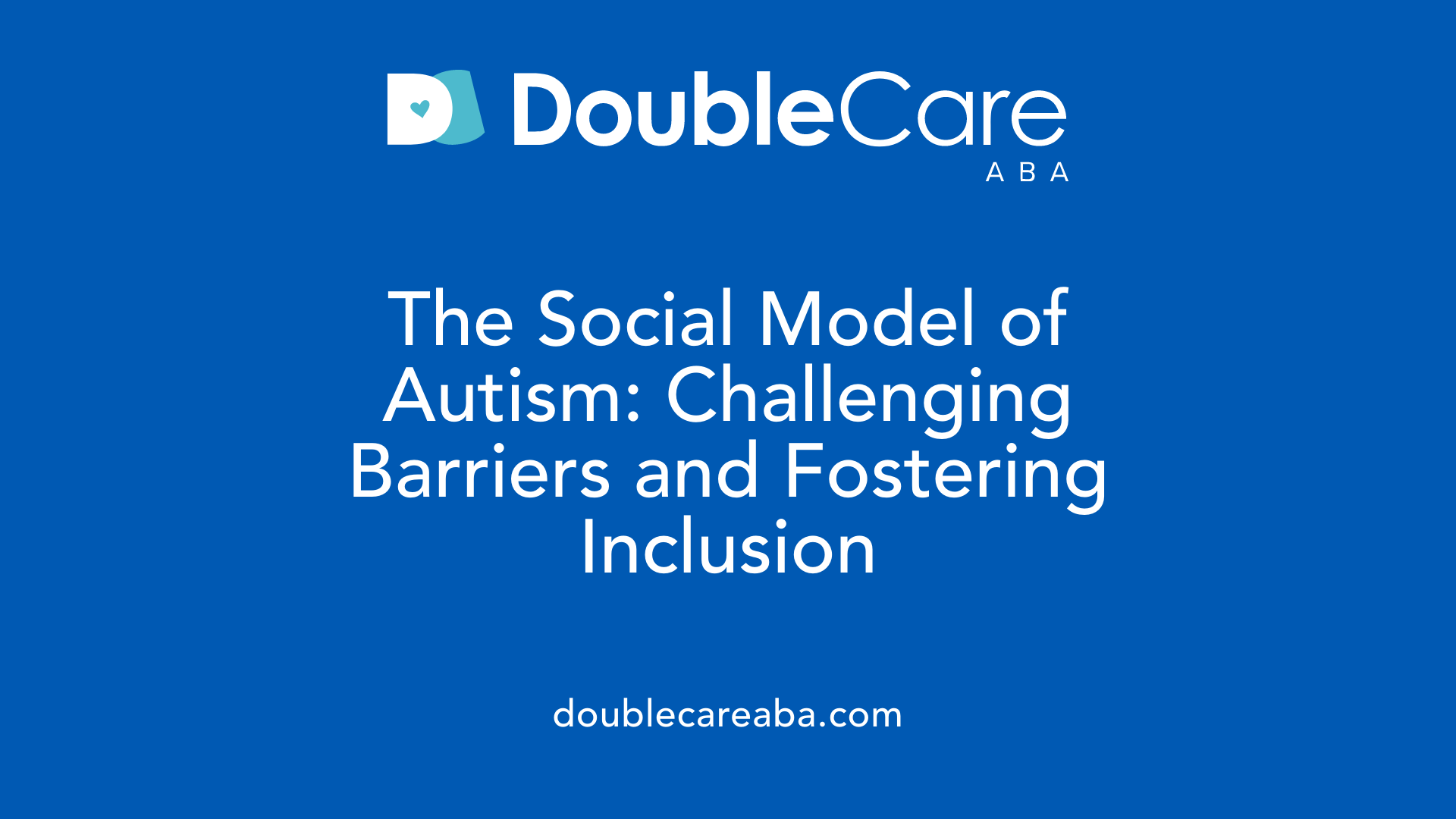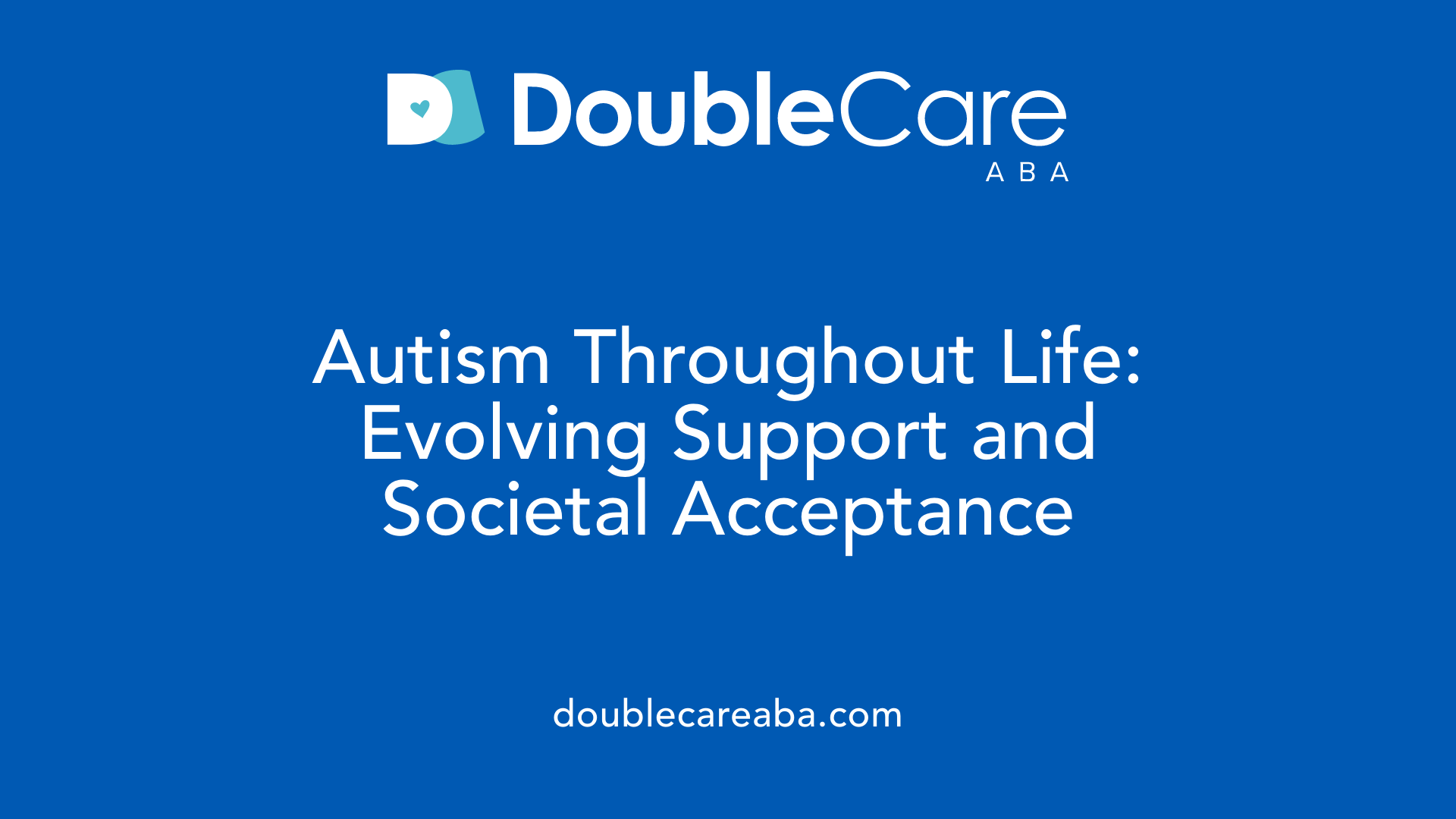Unraveling the Complexity of Autism Spectrum Disorder
Autism Spectrum Disorder (ASD) is often misunderstood, leading to misconceptions about who is affected and what it truly means to be on the spectrum. This article explores the nature of autism, clarifies common myths, and provides evidence-based insights into its characteristics, prevalence, and societal perceptions.
The Spectrum Concept and Its Implications

Autism as a spectrum disorder
Autism is best understood as a spectrum, which means that each person with autism has a unique combination of characteristics rather than fitting into a single, uniform category. The term 'spectrum' reflects the wide range of abilities, behaviors, and challenges experienced by autistic individuals. This diversity allows for a broad understanding of autism, emphasizing that no two people truly share the same profile.
Variability in symptoms and severity
Because autism spans a spectrum, symptoms can vary significantly from one individual to another. Some may have profound communication difficulties and require considerable support, while others might be highly independent and only need minimal assistance. Common features include challenges with social skills, repetitive behaviors, and sensory sensitivities. The severity often fluctuates over time, influenced by age, environment, and support systems, making autism a dynamic condition rather than a fixed state.
Presence of co-occurring conditions
Many autistic individuals experience additional co-occurring conditions such as ADHD, anxiety, depression, or gastrointestinal issues. These overlapping challenges can complicate diagnosis and support needs. For example, some individuals might struggle with attention or mood regulation alongside their autistic traits. Recognizing the coexistence of these conditions helps tailor interventions and improve quality of life for autistic people.
| Aspect | Description | Additional Details |
|---|---|---|
| Autism Profile | Different abilities and challenges within autism | Ranges from minimal to extensive support needs |
| Variability in Symptoms | Differences in communication, behavior, sensory traits | Varies greatly across individuals |
| Co-Occurring Conditions | Additional neurodivergent or health issues | ADHD, anxiety, epilepsy, gastrointestinal issues |
Understanding autism as a spectrum honors individual differences and promotes a more inclusive view. It emphasizes that autism is not a one-size-fits-all diagnosis but a highly personalized experience, shaped by a combination of genetic, environmental, and social factors.
Understanding Prevalence and Diagnostic Challenges

Why does autism seem more common now?
The apparent increase in autism prevalence over recent years has several contributing factors. First, heightened public awareness and understanding have made it easier for parents, teachers, and healthcare professionals to recognize early signs of autism. Second, diagnostic criteria have broadened, allowing more individuals with diverse characteristics to receive a diagnosis.
Advancements in research and better detection methods also play a vital role. Today, clinicians can identify autism in older children and even adults who might have been overlooked before. The inclusion of a wider range of symptoms and support needs in diagnostic manuals reflects this shift.
Genetic and environmental influences are complex; no single cause explains autism. Instead, a combination of multiple genes, gene mutations, and prenatal factors contribute to its development. The neurodiversity movement has further promoted acceptance and understanding, encouraging more individuals to seek diagnosis and support without stigma.
In sum, these factors explain why autism appears more prevalent now, driven largely by improved awareness and diagnostic practices, rather than a sudden spike in actual cases.
Myth Busting and Clarifying Common Misconceptions

Is it true that everyone is ‘a little autistic’?
Many people wonder if the idea that ‘everyone is a little autistic’ is accurate. While autism spectrum disorder (ASD) is a broad condition, it is important to understand that only those meeting specific diagnostic criteria are considered autistic. The spectrum reflects a wide range of traits, strengths, and challenges, but not every person exhibits enough signs to be diagnosed. Approximately 1 in 100 people in the UK are formally identified as autistic, which highlights the diversity within the population but also shows that autism is not a common trait shared by everyone.
Autism influences individuals to different degrees, with some needing minimal support and others requiring help daily. Each person on the spectrum has a distinct profile that encompasses communication styles, sensory sensitivities, behaviors, and interests. So, while many may share some traits, it doesn't mean everyone fits within the autism spectrum.
Understanding societal barriers and the social model of disability
Autism is often discussed within the social model of disability, which suggests that societal barriers, rather than individual impairments, create many of the challenges autistic people face. This perspective emphasizes that society’s attitudes, accessibility, and environments can be adjusted to better support neurodiverse individuals.
For example, noisy, bright environments can be overwhelming for many autistic people, but societal adaptations—like quiet spaces and sensory-friendly settings—can reduce stress and improve inclusion. Recognizing these societal barriers encourages us to view autism not solely as a medical diagnosis but as a difference rooted in how society organizes itself.
Are there simple autism screening tests?
Many believe that screening for autism is straightforward, and indeed, some quick tests are used as initial indicators. Tools such as the Modified Checklist for Autism in Toddlers (M-CHAT) are accessible questionnaires designed for parents and caregivers to spot early signs of autism.
These screening tests can flag behaviors like limited eye contact, delayed speech, or repetitive movements that might suggest autism. However, they are only preliminary tools—they cannot diagnose autism on their own. A full assessment by a healthcare professional, considering detailed observations and developmental history, is essential for an accurate diagnosis.
| Aspect | Description | Additional Details |
|---|---|---|
| Misconception | Everyone is ‘a little autistic’ | Only a specific diagnosis confirms autism; traits vary widely |
| Societal view | The social model of disability | Societal barriers contribute significantly to challenges faced by autistic people |
| Screening | Simple screening tests | Useful for early identification but not definitive; requires professional evaluation |
Understanding these myths helps foster respect and support for autistic individuals by emphasizing the importance of individual differences and societal accommodations.
Lifelong, Evolving, and Societal Perspectives

Autism as a lifelong condition
Autism is a condition that individuals carry throughout their lives. It is not something one outgrows or a disease that can be cured. The traits associated with autism, such as differences in communication, social interactions, and behavior patterns, can be recognized early in childhood but may also become more apparent as people age. Some individuals may find their needs change over time, requiring different types of support at various life stages.
Changing support needs over time
Support requirements for autistic individuals are not static. Young children may need assistance with speech development and social skills, while adults might seek help navigating employment, relationships, or daily living challenges. Early intervention has a significant impact, helping many to develop skills that facilitate independence and engagement in society. As life progresses, many autistic adults develop coping strategies that foster greater autonomy.
The social model of disability
Many advocates promote the social model of disability, which emphasizes societal barriers rather than individual impairments as the root of disability. This perspective advocates for changes in how society is organized—through inclusive environments, accessible communication, and awareness—rather than attempting to 'fix' or change autistic individuals. By removing physical, social, and attitudinal obstacles, society can enable autistic individuals to participate fully.
Legal protections and societal inclusion
Autistic people are protected under laws that prohibit discrimination, ensuring their rights to equal opportunities in employment, education, and community life. Despite these protections, many still face societal barriers stemming from misconceptions and stigma. Promoting understanding, acceptance, and adjustments—such as sensory-friendly environments and clear communication—helps foster an inclusive society that values neurodiversity.
| Aspect | Description | Additional Notes |
|---|---|---|
| Lifelong condition | Autism persists from childhood into adulthood | Traits are consistent, but support needs may vary |
| Support over life | Needs evolve, especially with age | Early intervention is crucial |
| Societal approach | Focus on removing barriers | Social model emphasizes societal change |
| Legal protections | Anti-discrimination laws exist | Societal inclusion still challenges |
Understanding autism as a lifelong and evolving condition helps foster a more inclusive society that recognizes individual strengths and provides necessary support.
Autism in Society and What It Means to Be Different
Diversity in abilities and strengths
Autism is best understood as a spectrum that includes a wide array of abilities, strengths, and challenges. Each autistic person has a unique combination of traits, making every individual's experience different. Some may have exceptional focus, strong visual thinking skills, or high intelligence, while others might face difficulties with communication, social interaction, or daily routines.
These differences highlight that autism isn't just about deficits but also about diversity. Many autistic individuals excel in areas such as detail-oriented tasks, pattern recognition, and honesty. Recognizing this diversity allows society to appreciate varied ways of thinking and interacting.
Autistic traits as part of human diversity
Being autistic is part of the broader human diversity rather than an illness or defect. Traits like intense interests, repetitive behaviors, and sensory sensitivities are natural variations in how brains process information. These traits are often seen in other humans and can even be strengths, such as deep focus and loyalty.
Understanding autism as a natural part of human variation challenges stereotypes and helps foster a more inclusive mindset, where differences are valued and respected.
The importance of acceptance and understanding
Acceptance involves recognizing the realities of living with autism while appreciating the strengths and contributions autistic individuals bring to society. It's vital to support societal barriers that hinder full participation rather than aiming to 'fix' or 'cure' autism.
Education and awareness play a key role. When society understands that autism is lifelong and varies greatly among individuals, it promotes empathy and reduces stigma. Respecting neurodiversity encourages environments where autistic people can thrive, whether in education, employment, or social settings.
Autism in different ages and cultural backgrounds
Signs of autism can appear early in childhood, often by age two or three, but diagnosis can also occur later in life. Many autistic adults remain undiagnosed due to lack of awareness or subtle presentation, especially in girls and cultural minority groups.
Cultural perspectives influence how autism is perceived and supported. Some communities may have different levels of acceptance or stigma, affecting access to diagnosis and support services. Recognizing autism across various ages and cultural contexts is essential for fostering inclusive communities that celebrate human diversity in all its forms.
Empowering Understanding and Inclusivity
Understanding autism as a spectrum that encompasses a vast range of human diversity is crucial for promoting acceptance, reducing stigma, and supporting individuals optimally. Recognizing that autism is not universal, but a unique experience for each person, helps foster more inclusive societies where everyone’s differences are respected and valued.
References
- Is Everyone A Little Autistic? - Forbes
- What is autism - National Autistic Society
- Autism spectrum disorder (ASD)
- What is autism? - NHS
- Data and Statistics on Autism Spectrum Disorder - CDC
- Understanding the Spectrum | Frist Center for Autism and Innovation
- Characteristics of Autism
- Autism Spectrum Disorder (ASD) Symptoms & Causes














